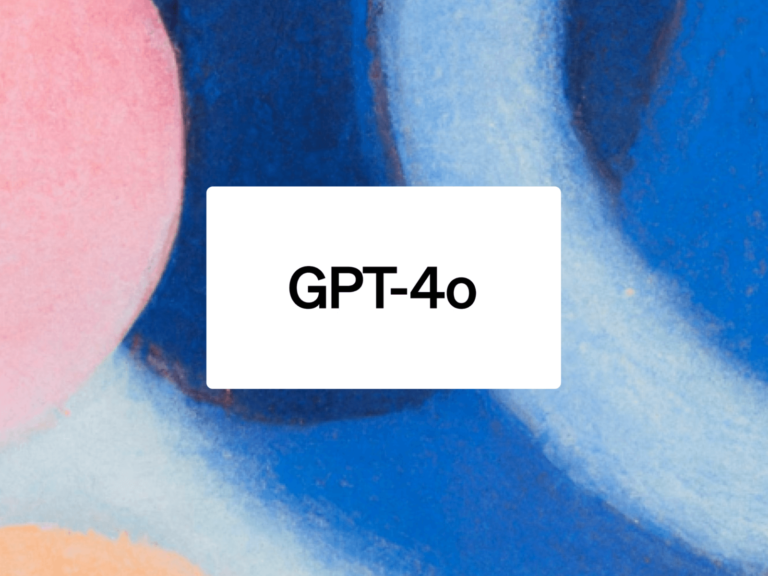Designers collaborate with a variety of people when creating design outcomes. In the process, we receive feedback from various people, including designer colleagues, bosses, marketers, developers, POs, PMs, and CEOs.
Feedback is what we get to make our designs better. To get good information, you have to ask well and accept well. Here's a summary of how to give and receive constructive feedback that can lead to good design.
Ask for good design feedback

clarifying the goal
Ask yourself what information you would like to get from others.
When I ask for feedback, I'm usually asking for something I'd be hard-pressed to know on my own. I clearly define what I want to get specifically, such as perspectives I haven't seen, problems I can't see, and solutions I don't know.
ask the right person
I'm looking for someone with the information I'm looking for.
I select people who are most likely to have the information I need, such as those who have thought the most about the problem I want to solve, who thinks the problem is a real problem, and who has a different point of view than mine.
Appropriate prior information cycle
No one can answer without knowing the context.
Convey as much information as possible that affects the problem you are trying to solve. Be sure to share the information you used to make your decision right up to the last step. When you don't know what information you need to make a decision, 'let me know if you have any information'. request.
Ask easy to answer
Hard questions are bound to get hard answers.
Set the limits for your answers. Share in one sentence each what your goal is, why it is asking you, what information you have made in your decisions so far, and what problems you are facing.
Give good design feedback

Empathize with the requester's context
Be in good faith and deeply empathize with the requester's context.
Asking for feedback is not an easy way to show your weakness. You must empathize with the heart of responding to the courage to create better results. Understand the outcome the requester is looking for and focus on areas where you can contribute to achieving that goal.
Distinguishing between subjective and objective
Distinguish between objective and subjective opinions that happen to me.
You may be confused whether the feedback is about design skills or your taste in style. My objective design experience and subjective impressions and opinions are divided and conveyed so that there is no confusion. When my design experience is ambiguous, I turn it into an objective experience by first sharing my subjective reaction and discussing why it happened.
Focus on the design rather than the designer
We focus on the phenomenon of the design output rather than the designer's choice.
We focus only on the design itself, excluding the creator of the design as much as possible. Even when giving and receiving feedback or discussions, it is better to communicate with the expression of design elements rather than the expression of people as much as possible. It's not that 'the color you picked' isn't great, but this 'gray' has a high brightness, so it's hard to read the letters against a white background. It's good to say.
Focus on effects rather than answers
Focus on the effectiveness of solving a problem rather than making a value judgment about the solution.
Requesters have reasons for choosing a design, and it is impossible to match all contexts. Rather than judging right or wrong answers for the requester's design, focus on what works. Suggest alternatives that can prevent side effects or produce better results.
Get good design feedback

to be grateful
It is appreciated that you pay attention to me.
Giving someone an opinion is uncomfortable. The more I have nothing to gain directly, the more likely it is to lose money. If you're not the kind of person who is stubborn and takes the blame to destroy the other person, you're grateful for those who are willing to help.
Separating design and me
I don't live with that design for the rest of my life.
We have to choose a design that solves a problem. Just because the design is wrong doesn't mean I'm wrong. Separate design and me to collect information that can make better designs. Whatever the process, the result is a focus on the designer's responsibility to pick a better design.
just listen
I'm not defending that I'm not wrong.
I listen to feedback as long as I have the authority to accept or reject it, unless someone forces me to do so. Feedback focuses on the recipient of the feedback rather than the person giving it. Rather than focusing on changing the thinking of the person giving the feedback, I focus on getting more of the information I need to create better results.
Get good feedback right away
I can never succeed alone.
No one can achieve great success on their own. If you receive valuable feedback that you would never have known on your own, make it your own quickly. I select persuasive feedback and imagine the results I could get if I accepted that feedback. If you can imagine something really cool, move right now.















